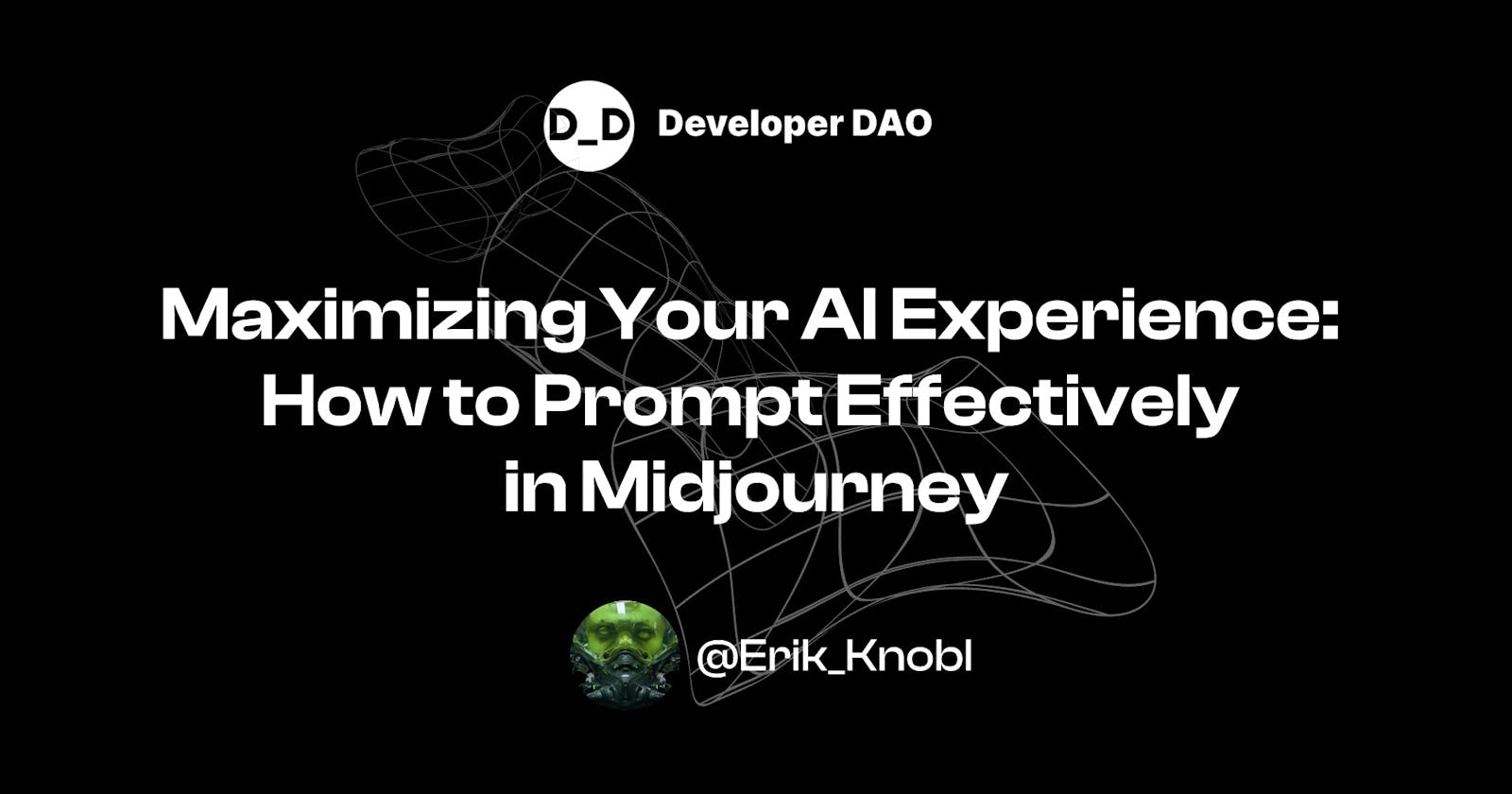Table of contents
If you are starting writing prompts for Midjourney and want to learn how to structure them, Additive Prompting is a simple way to do it.
Editorial style photo of 1970 Dodge Charger, low angle camera shot, flames in the background, dramatic light
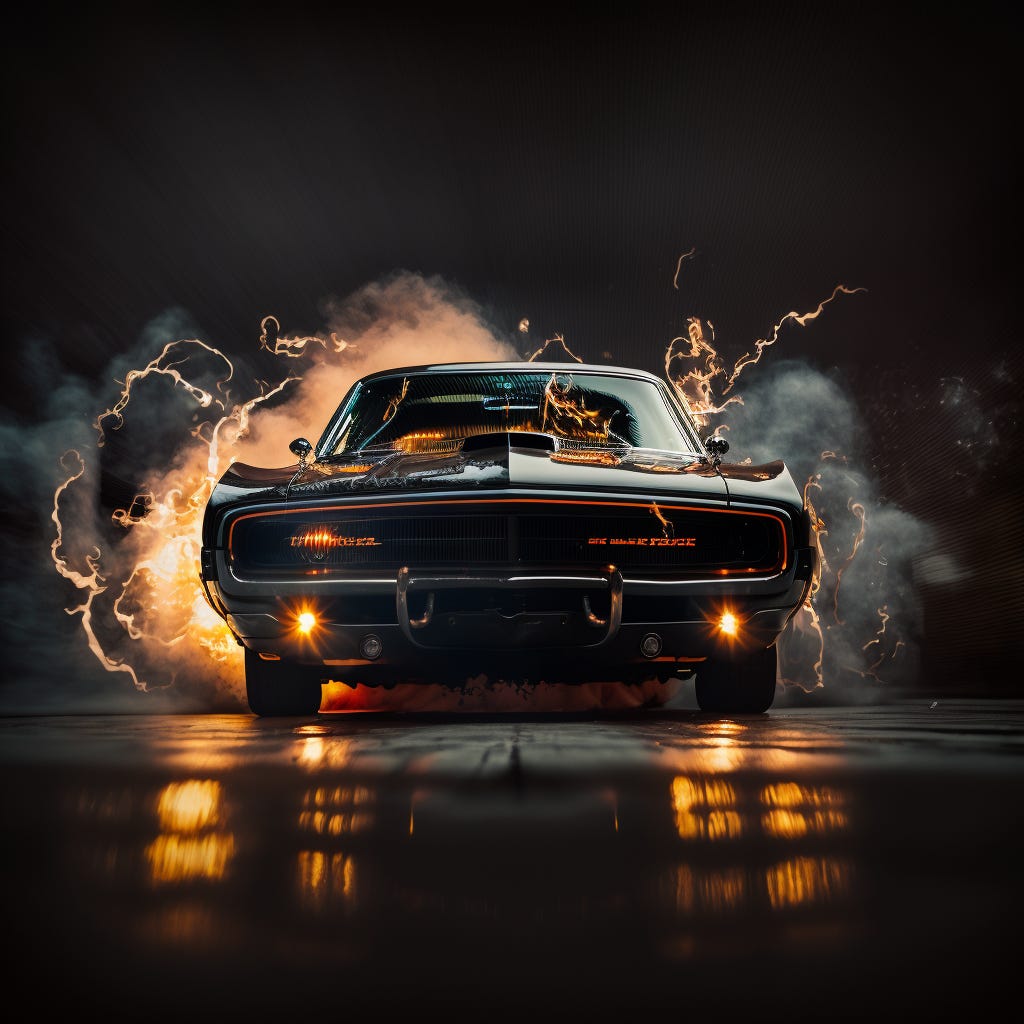
Midjourney is just one of many AI image generators that have sprung up recently. But unlike its competitors, Midjourney has a more dream-like and artsy style. It's not just about churning out photos - it's more like a painting tool that can help you create something truly unique. If you're into science-fiction or gothic artwork, then Midjourney is perfect.
Additive Prompting
One of the best ways to use Midjourney is with a technique known as additive prompting. It’s a simple way of writing a structured prompt, and it involves creating specific sections in your text prompt. Additive prompting is also known as dynamic prompting or structured prompting.
The following is a simple breakdown of a prompt that you can use as an example:
[Subject] + [Place] + [Style]
You need at least two sections to your prompt or more to make it work. You can add as many sections as you like; just ensure to separate them so you know what each part is doing once you start changing things around.
Here's a more complex example of a prompt structure with tags you can add as you feel like it:
[Subject] + [Camera Angle] + [Style] + [Place] + [Focal Point] + [Textures] + [Amount of Detail] + [Color Palette] + [Subject] + [Lights] + [Time of Day] + [Mood] + [References]
Note: Remember that more words do not translate into more detailed results, as each word added reduces the importance of the rest. Also, the closest a word is to the start, the more weight it will have.
Let's try an example. We will start with the following template:
[SUBJECT] in [COLOR+LOCATION], [STYLE], [LIGHT]
And here are a few examples we will use:
[SUBJECT]:
expressive supermodel wearing minimalistic clothes
a tiger
Dodge Charger
[COLOR+LOCATION]:
green jungle
red volcano
very crowded city
[STYLE]:
high fashion symmetrical close-up portrait shoot
panoramic
editorial style photo
[LIGHT]:
cinematic
morning light
dramatic light
An initial test using that structure, selecting all first options, would give us the following prompt:
expressive supermodel wearing minimalistic clothes in the green jungle, high fashion symmetrical close-up portrait shoot, cinematic
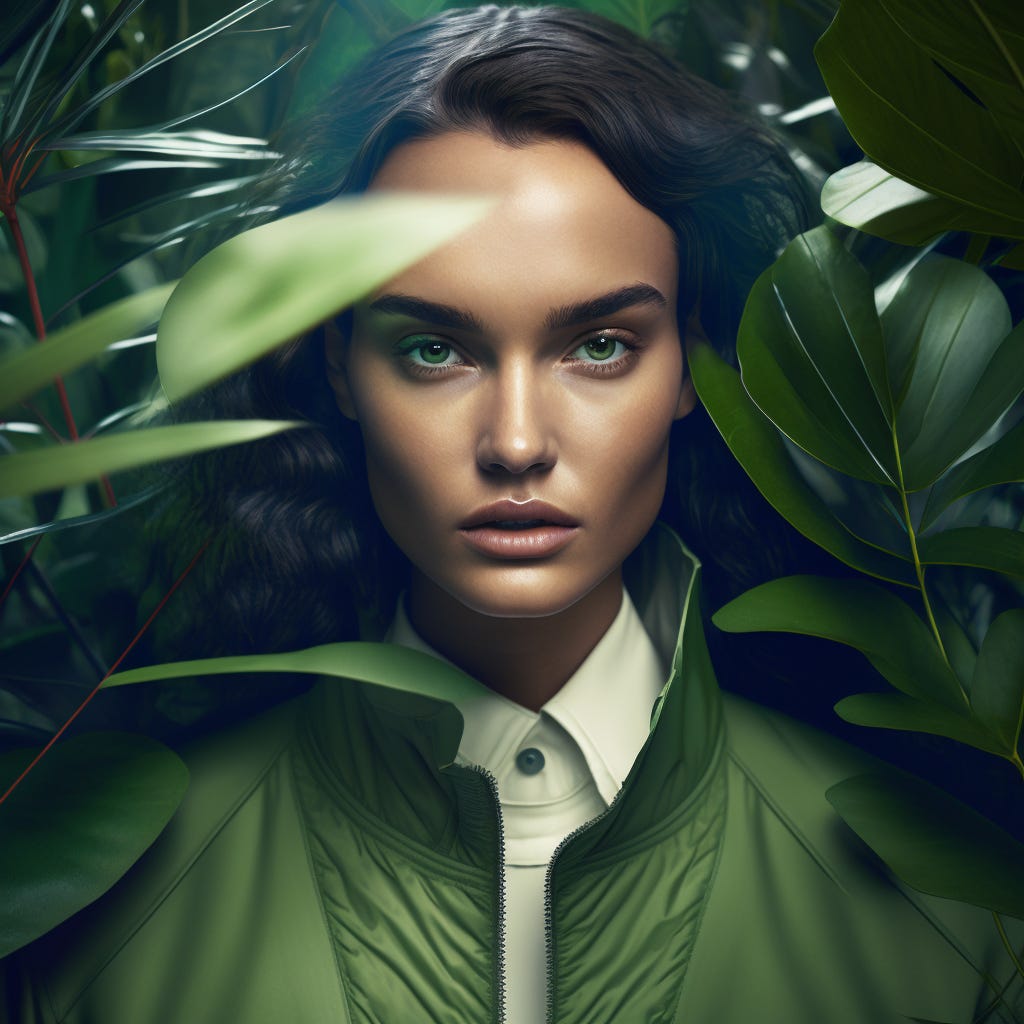
Not bad!
Dynamic Prompting
Lets start with dynamic prompting. Since we already have the structure, we can add small changes to the experiment. In this case, we will change the close-up for a medium shot.
expressive supermodel wearing minimalistic clothes in green jungle, high fashion symmetrical medium shot portrait shoot, cinematic
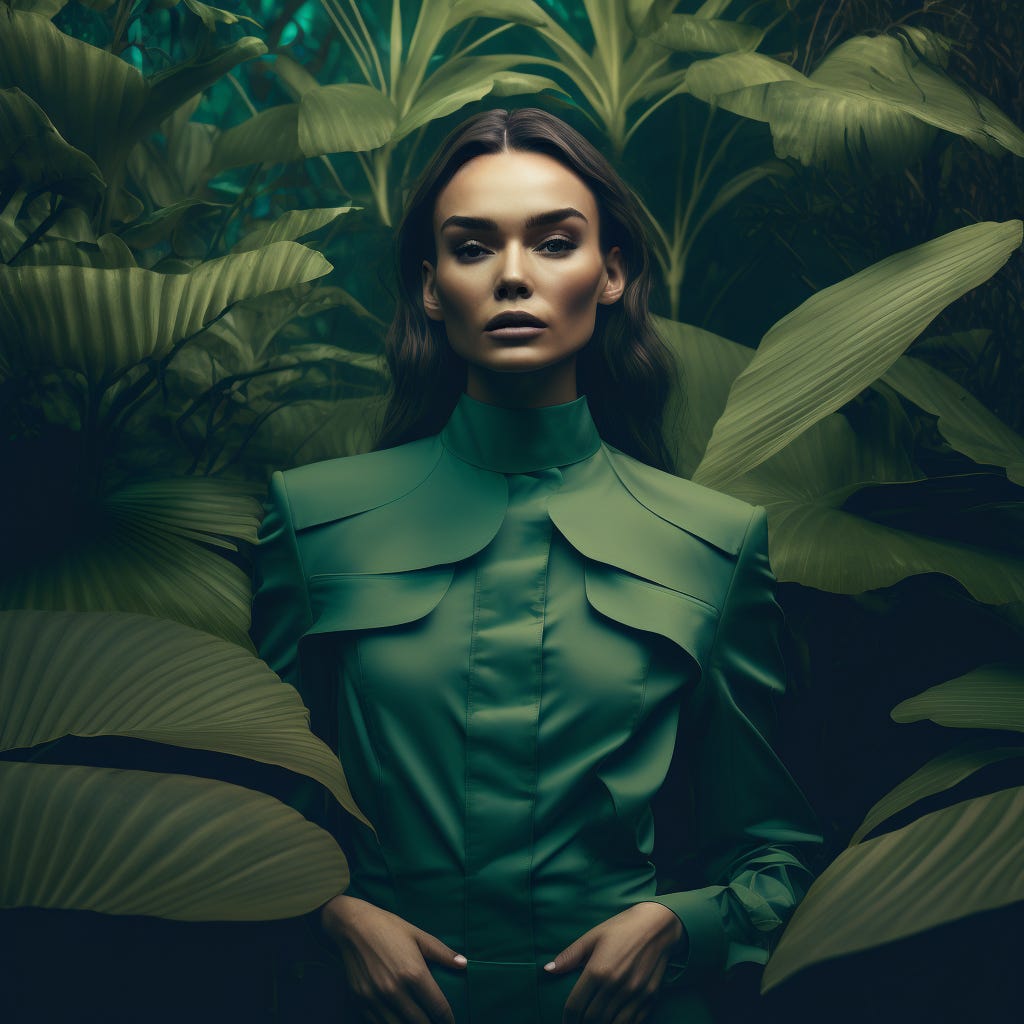
The advantage is that we don’t have to craft a new prompt from scratch. We just modify the needed parts, keep the rest of the structure as it is, or add new parts.
Let’s say we now decide we want the photo to be sci-fi. So we add a new section to the prompt:
expressive supermodel wearing minimalistic clothes in green jungle, high fashion symmetrical medium shot portrait, cinematic, sci-fi
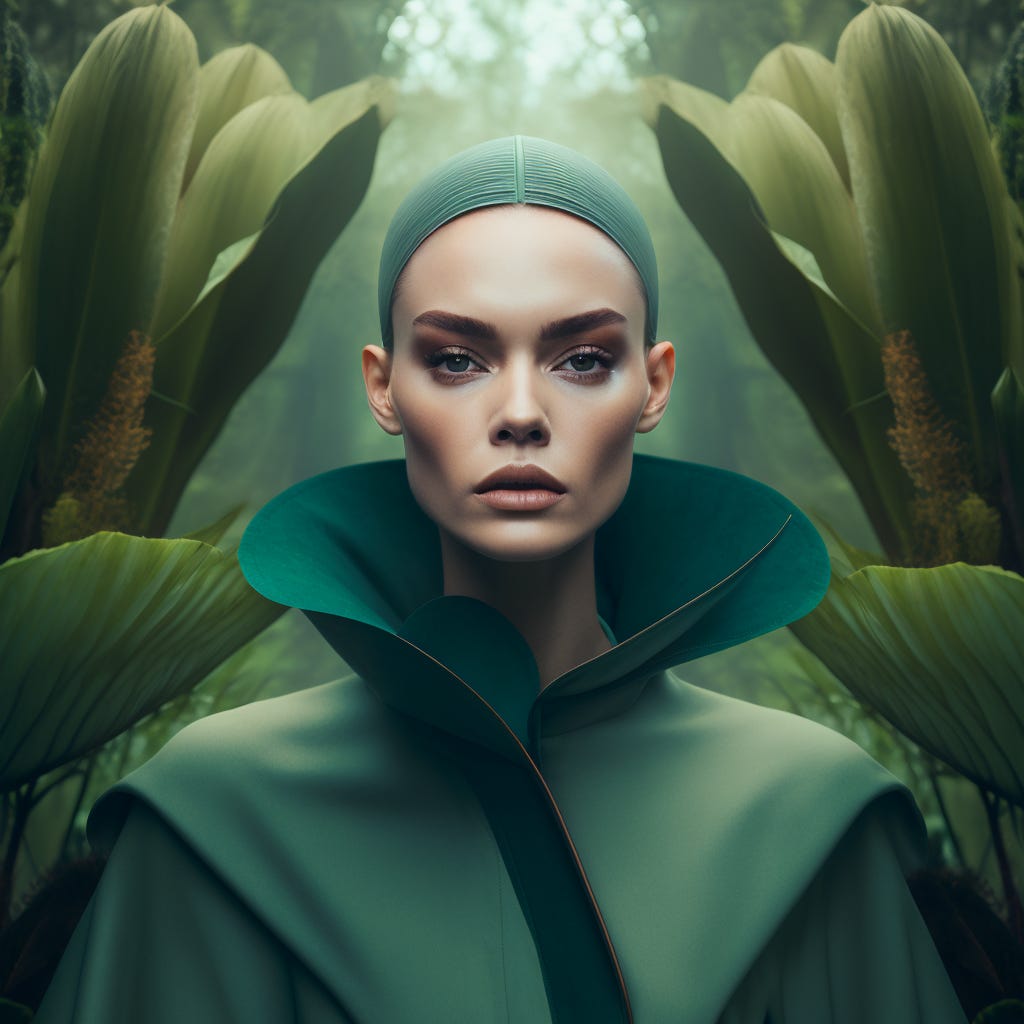
Now let’s replace the location: red volcano and very crowded city:
expressive supermodel wearing minimalistic clothes in red volcano, high fashion symmetrical medium shot portrait, cinematic, sci-fi
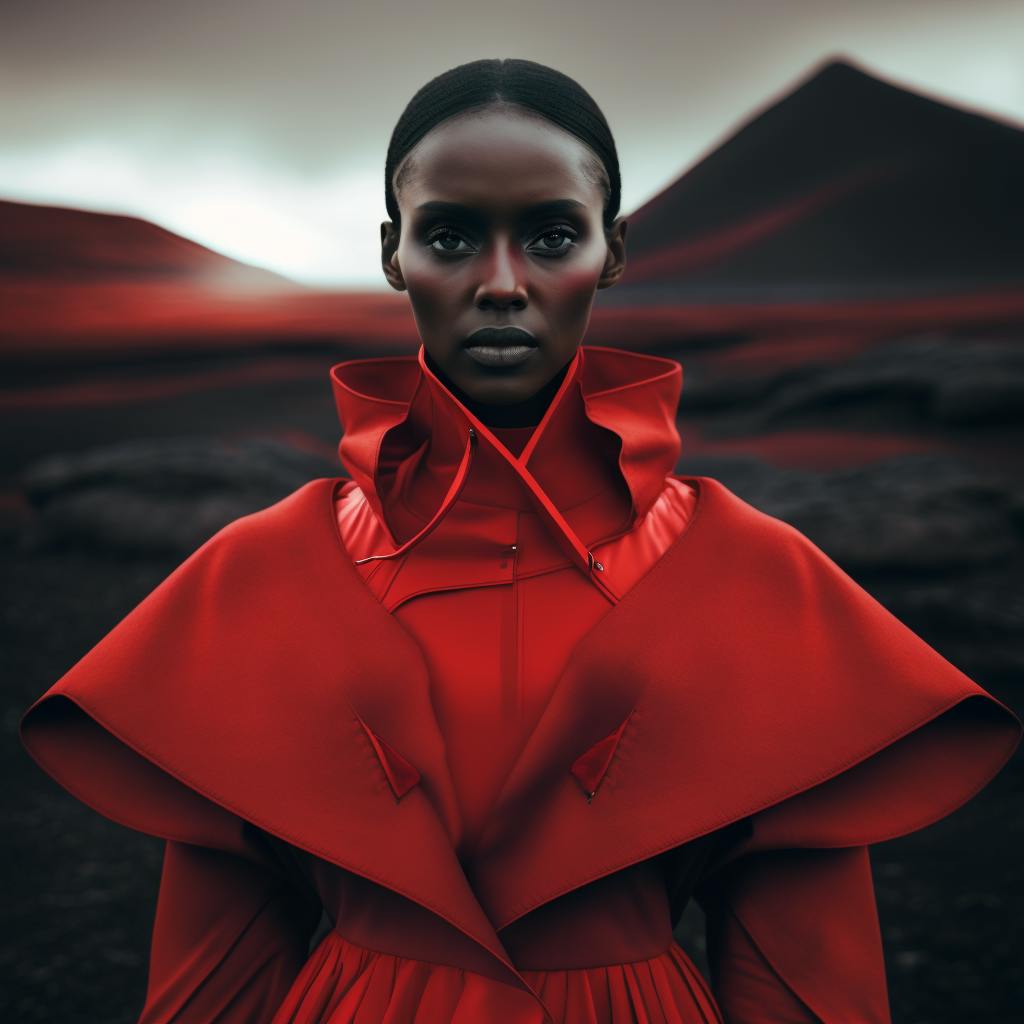
expressive supermodel wearing minimalistic clothes in a very crowded city, high fashion symmetrical medium shot portrait, cinematic, sci-fi

So far, Midjourney has been taking the color descriptions of the locations as a reference for the clothing color. We can define those by adding specific descriptions of the colors we want: red clothing in the green jungle.
expressive supermodel wearing minimalistic red clothes in green jungle, high fashion symmetrical medium shot portrait, cinematic, sci-fi
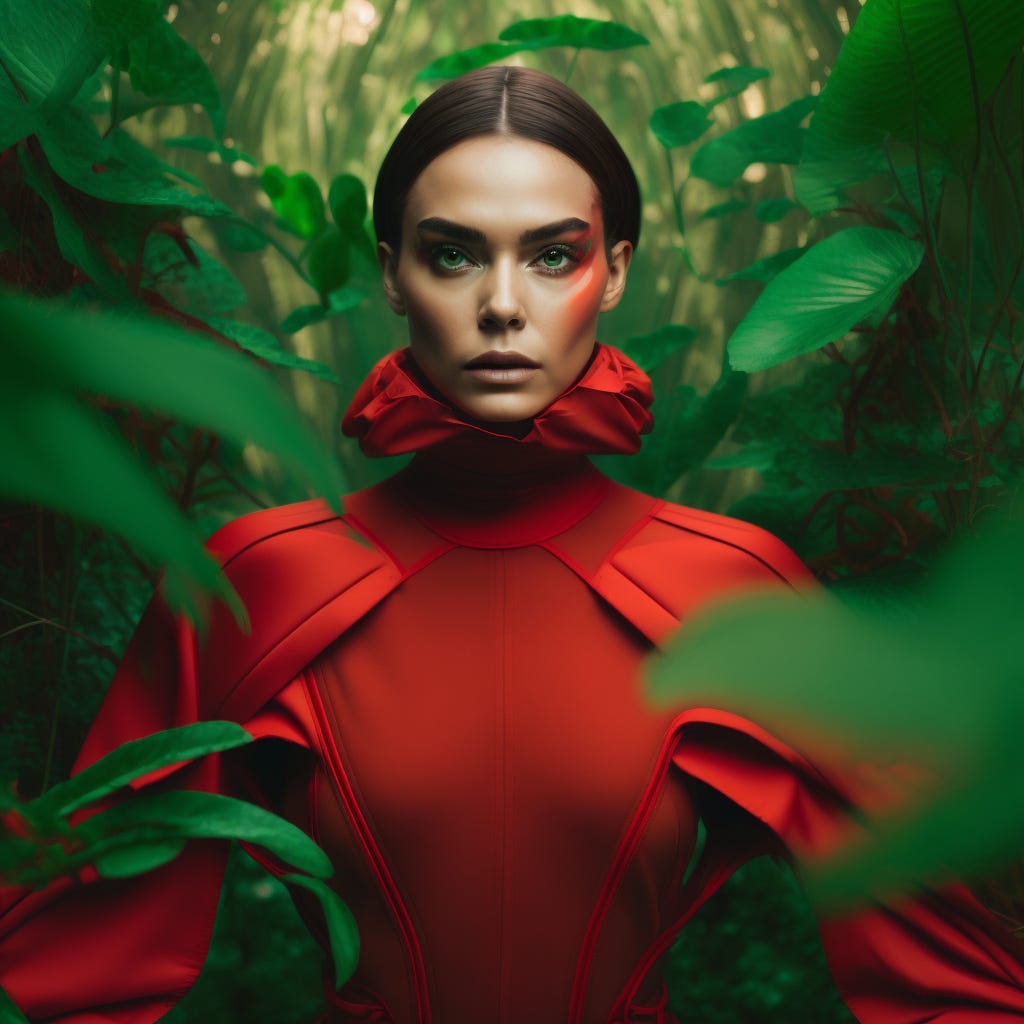
Other Options
Now let’s try with the tiger and different lights: cinematic, morning light, and dramatic lights:
tiger in a very crowded city, award-winning photograph, cinematic

tiger in a very crowded city, award-winning photograph, morning light

tiger in a very crowded city, award-winning photograph, dramatic lights
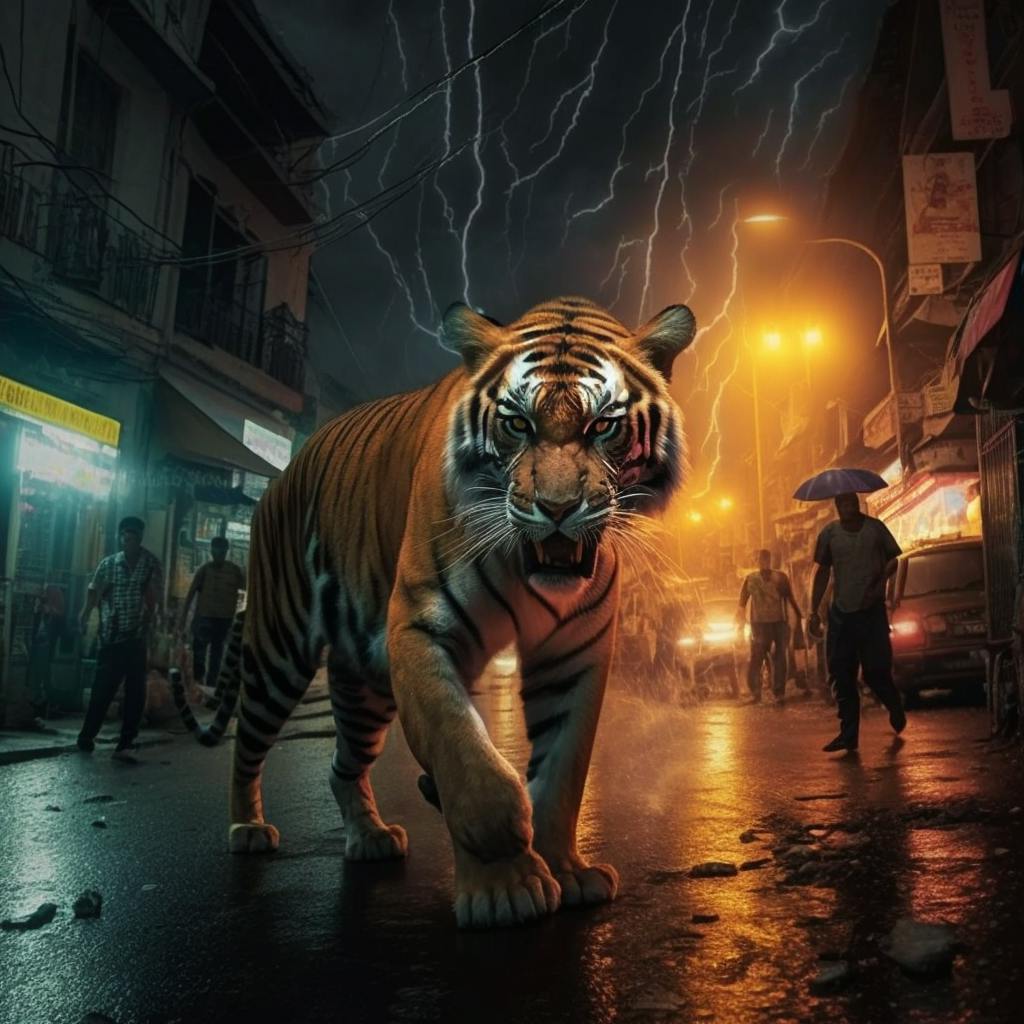
As you can see, by making slight changes to the same prompt, we can test and search for the specific result we are looking for.
Finally, here are some examples of dynamic prompting, alternating the use of illustration and photography:
[Illustration] of 1970 Dodge Charger, low angle camera shot, flames in the background, dramatic lights:

[Photography] of 1970 Dodge Charger, low angle camera shot, flames in the background, dramatic lights:

And the same with a lone oak:
[Illustration] of Giant lone oak, low angle camera shot, dramatic lights
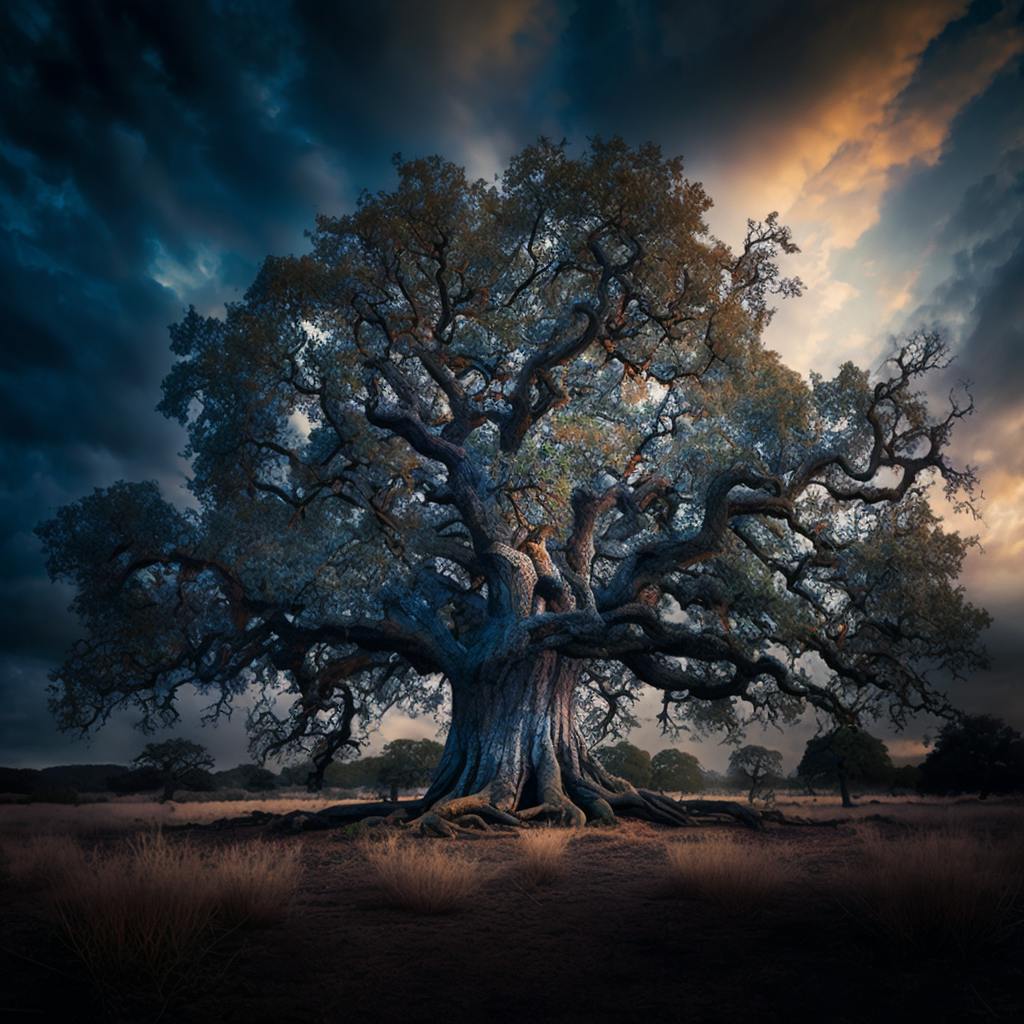
[Photography] of Giant lone oak, low angle camera shot, dramatic lights
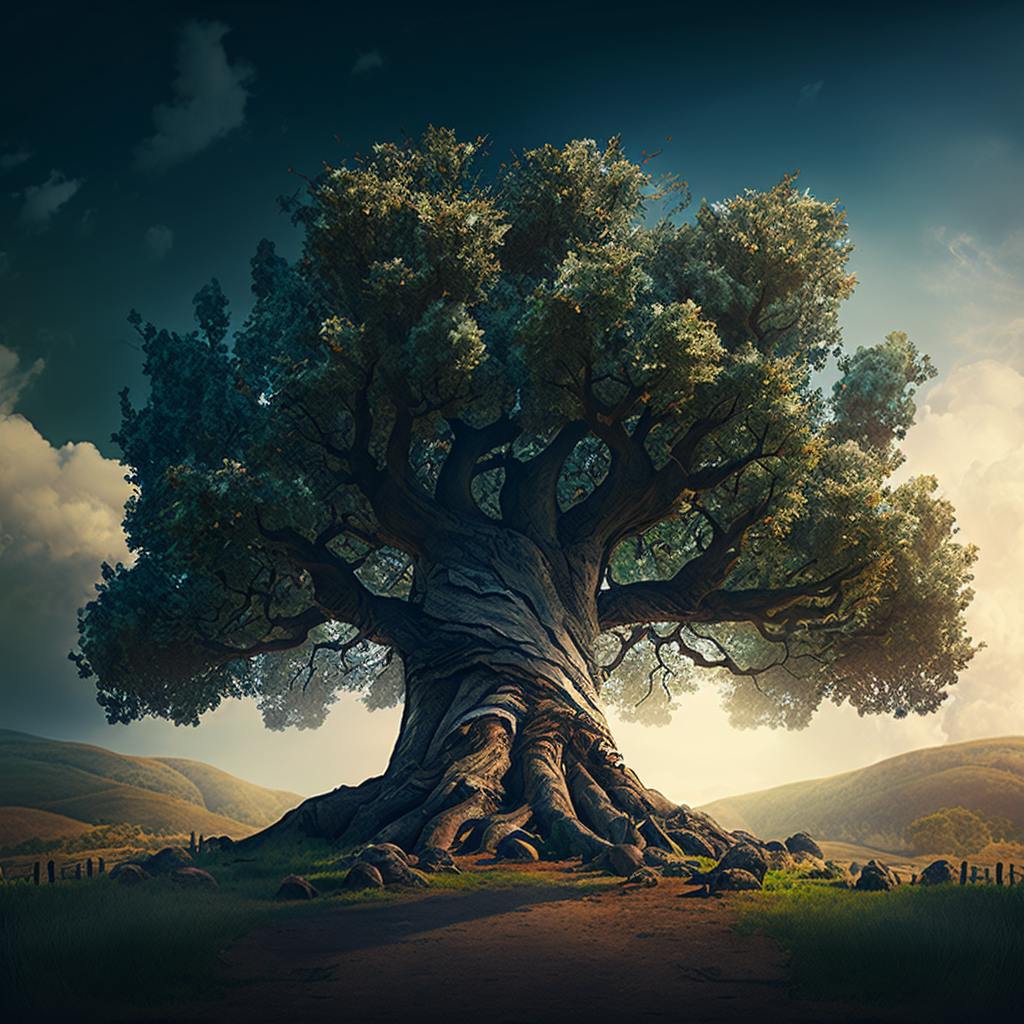
Dynamic prompting allows you to structure your prompts and iterate your way forward without changing large portions of the prompt. It's an easy technique that you can use with any tool, such as Midjourney, Dalle2, StableDiffusion, or Leonardo.

